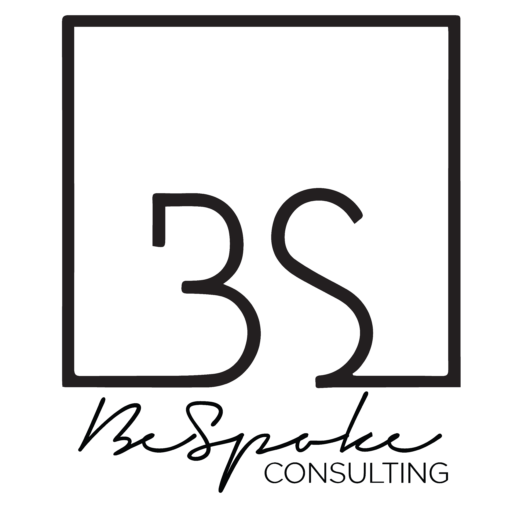How to perform a Bank Reconciliation
How to perform a Bank Reconciliation: The business transactions routed through your bank account (checking account), so these transactions are recorded at the end of the company and the bank as well.
The bank records the payments made, receipts, bank charges and other items. Normally at the end of the month the bank send the bank statement or the same is requested from the bank for reconciliation purposes.
The bank statement contains the transactions and the balances from day to day banking transactions.
Now as an accountant one should know about the bank reconciliation and facts about the bank reconciliation process. These include: –
- The purpose of bank reconciliation
- It benefits to the business and;
- How to prepare bank reconciliation?
So when the accountant receives the bank statement from the bank he should verify the transactions with his cash ledger and vice versa. This procedure of matching the transactions is called “Bank Reconciliation” this is also termed as BRS (Bank Reconciliation Statement).
THE PURPOSE AND BENEFIT OF BANK RECONCILIATION
The reconciliation of bank statement is to know that the transactions in bank statement and bank ledger are in agreement and the difference is in knowledge to the accounting professional for tracking purposes.
The difference arises as the companies / organizations issue a lot of checks and receive many deposits (in case of a retailer this can be in thousands), sometimes few transactions are recorded in cash book and they do not appear in the banks statement and vice versa.
This happens due to the reason that checks issued and deposits made near the month end may not appear in recent month but appear on the bank statement of the next month. For example checks were issued in the end of January they’re likely to be cleared in first week of February.
It so happens many times that the bank debits the customer’s bank account without informing the customer. This can be bank service charges or commission charged by the bank during the month and company would know about this at the time receiving and verifying the bank statement.
These differences indicate that you need to prepare bank reconciliation statement in order to reach at the true cash balance as of any date.
In order to reconcile these differences first the bank statement is adjusted and then the balance as per ledger (bank ledger book), this is known as bank reconciliation.
HOW A BANK ACCOUNT IS RECONCILED?
To explain how a bank account is reconciled, I’m going to give you the following example: –
- The bank statement shows an ending balance of $400,000.
- The bank charged service charges of $450.
- The bank charged service charges of $250 for new check book issuance.
- There was interest income of $1,050 credited into the bank account.
- Smart Company Ltd issued checks of $100,000 that have not yet cleared by the bank.
- The company deposited $125,000 (checks) at the end of month which are not appearing in bank statement.
| Bank Reconciliation Statement | Amount | Details |
| Month Ended September 30, 20XX | ||
| Bank balance | $400,000.00 | Balance as per bank statement |
| Less: Checks outstanding | ($100,000.00) | Checks issued/ payments made. |
| Add: Deposits in transit | $125,000.00 | Checks deposited |
| Bank service charges | ($700.00) | Deposits made by company but not credited in bank |
| Interest income | $1,050.00 | Interest credited directly in bank |
| Balance as per books | $425,350.00 | Book balance of cash |
| Difference | $0.00 |
It is necessary after completion of the bank reconciliation at period-end to print the bank reconciliation transaction report and place the same in company records. This enables the auditors to access and examine reconciliations later.
Read more blogs here and to contact FBR click here.
